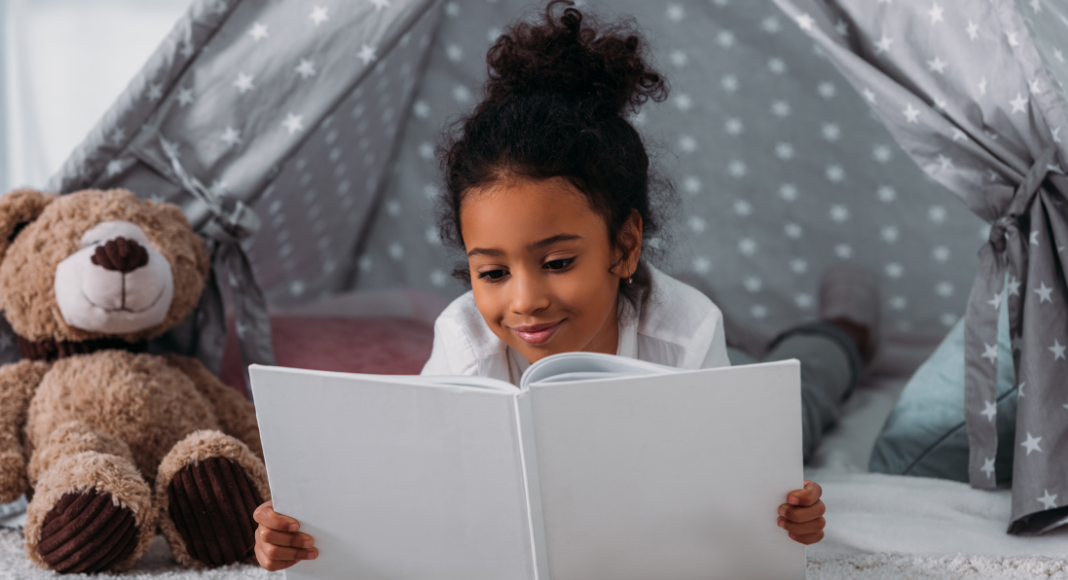 Reading to my kids is a huge part of my parenting. Books lead to great conversations and are a much better investment of my time, money, and space than toys. Our house is chock full of books. As a result, my kids gravitate towards books and storytelling. They absolutely love it when someone reads to them.
Reading to my kids is a huge part of my parenting. Books lead to great conversations and are a much better investment of my time, money, and space than toys. Our house is chock full of books. As a result, my kids gravitate towards books and storytelling. They absolutely love it when someone reads to them.
Despite the sheer volume of books that fill up each room of our home, I have actually been pretty careful and selective when it comes to curating my children’s library. The stories we read should serve a purpose. They don’t have to teach an explicit lesson, but they have to have some redeeming qualities for engaging us in dialogue.
One use I’ve found for books that’s been invaluable is that they can help us identify and talk about our feelings and the feelings of others. Someone recently told me that humans, including children, can’t process emotions that they can’t name and describe. And if you can’t process your own emotions, it’s unlikely you’ll be able to connect and empathize with the feelings of other people.
As a parent, I feel it’s incredibly important to give my kids the tools to work through their feelings through language, mindfulness, and whatever coping skills I can teach them.
Anytime we are reading as a family, we model empathy and connect with the characters on an emotional level. You can practice this with any story, but I’ve found that there are a few books in our library that serve as touchstones for our discussions about feelings.
Happy Hippo, Angry Duck by Sandra Boynton – Arguably my baby girl’s favorite book, this rhyming tale inquires about our moods with humor and clarity.
In My Heart by Jo Witeck – My son loves the heart cutouts in this “book of feelings.” We like to ask our kids to show us each emotion that the narrator describes.
All The World by Liz Garton Scanlon – A beautiful classic; this story calls upon the connections that bind families, communities, and people at large.
Have You Filled A Bucket Today? by Carol McCloud – Through a metaphor of buckets, this story explains that kindness and compassion make everyone feel good. This is a great story to read with preschoolers.




















